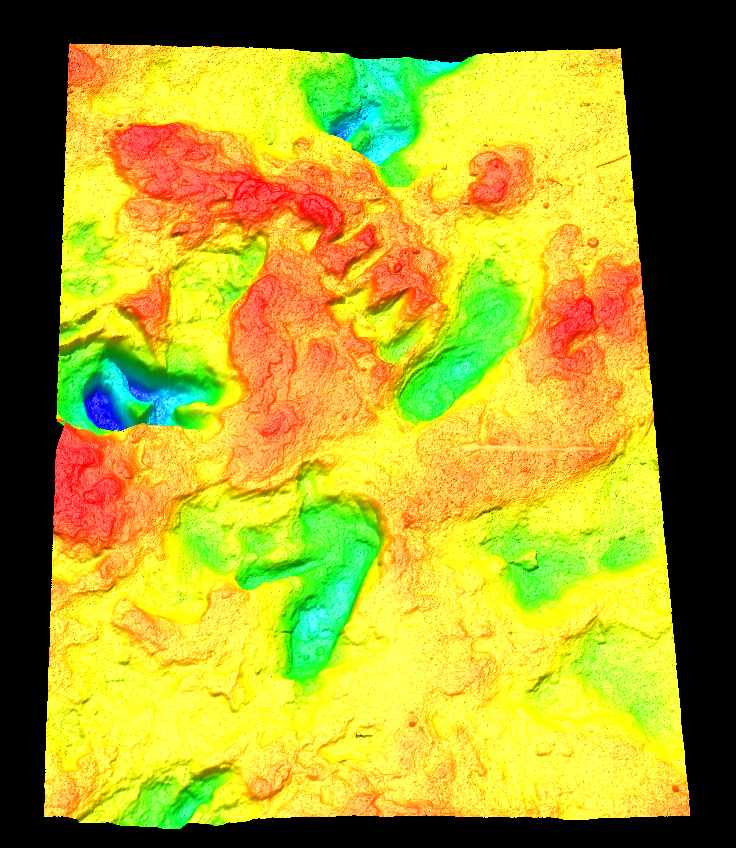martes, 26 de abril de 2016
Bournemouth University researchers investigate world’s oldest human footprints with software designed to decode crime scenes
Software developed at Bournemouth University has unearthed new information about Laetoli’s lost tracks
Researchers at Bournemouth University have developed a new software technique to uncover ‘lost’ tracks, hidden in plain sight at the world’s oldest human footprint site in Laetoli (Tanzania). The software has revealed new information about the shape of the tracks and has found hints of a previously undiscovered fourth track-maker at the site.
The software was developed as part of a Natural Environments Research Council (NERC) Innovation Project awarded to Professor Matthew Bennett and Dr Marcin Budka in 2015 for forensic footprint analysis. They have been developing techniques to enable modern footwear evidence to be captured in three-dimensions and analysed digitally to improve crime scene practice.
Footprints reveal much about the individuals who made them; their body mass, height and their walking speed. “Footprints contain information about the way our ancestors moved,” explains Professor Bennett. “The tracks at Laetoli are the oldest in the world and show a line of footprints from our early ancestors, preserved in volcanic ash. They provide a fascinating insight into how early humans walked. The techniques we have been developing for use at modern crime scenes can also reveal something new about these ancient track sites.” [...] BU Research / Link 2
Actualización: Las huellas de Laeotoli documentadas con un software para registrar escenas de crímenes
Un software para esclarecer escenas de crímenes ha revelado nueva información sobre las huellas humanas más antiguas, las de Laetoli, revelando indicios de un cuarto rastro inédito.
Investigadores de la Universidad de Bournemouth han desarrollado una nueva técnica de software para descubrir huellas "perdidas", ocultos a sim vista. Este método ha sido probado en Laetoli (Tanzania), donde Mary Leakey en 1976, se cree que encontró las huellas más antiguas de homínidos con una antigüedad estimada de alrededor de 3,6 millones de años. El software ha revelado nueva información sobre la forma de las huellas y ha encontrado indicios de un cuarto rastro que no había sido descubierto hasta el momento...
Suscribirse a:
Enviar comentarios (Atom)








No hay comentarios:
Publicar un comentario